Top 10 Hot Topics in Dentistry
So those of you whose DF1 interviews are swiftly approaching may want to know what topics are popular to discuss recently and may come up in one of the stations.
Here is an overview of some of the hot topics in dentistry at the moment:
1. ARF hike
A very contentious issue at the moment. A proposed 64% increase to £945 annual fee to maintain your registration with the GDC; their reasoning being the increased litigation they have to deal with recently pushing up their own costs.
The decision will be taken on October the 30th and there are currently 3 fee levels proposed ranging from £850 to £945.
As a young dentist, this issue really concerns me as I have just come out of university with a backlog of debt weighing me down and now I need to find at least another £300 to be able to practise as a dentist just before Christmas!
There's a lot of negativity towards the GDC from dentists at the moment, not only do some dentists feel like our regulator is out of touch with the profession, but a recent Daily Telegraph advertisement by the GDC, which advised patient's to complain directly to them if they had a problem with their dentist, has caused outrage.
 |
| The infamous Telegraph Ad |
The BDA's lawyers are fighting hard to prevent an illegal increase in retention fees. Hopefully they will be as successful as they were with DF1 places for UK graduates and the abandonment of the DF1 pay cut this August.
See my recent post about how Young Dentists feel about this fee increase.
2. Direct access
Dental Care Professionals (DCPs), specifically dental hygienists and therapists can now see patients without a prescription from a dentist.
This came into force summer 2013 and has caused some confusion amongst the profession and the public alike.
Dental therapists and hygienists can now work within their scope of practice as long as they are appropriately trained and indemnified to do so although this is not compulsory - DCPs can still work with a prescription of dentist if they prefer and a DCP must have consent from their practice owner to see patients under direct access.
This is currently only relevant in private practice at the moment as under the current NHS contract, a full examination by a dentist is required, although this may be subject to change under the new contract (see below).
DCPs are also limited as they cannot use local anaesthetic (a prescription only medicine), take radiographs or carry out tooth whitening without the prescription from a dentist.
These barriers are currently being discussed and debated, so it is likely direct access will change in the near future.
See this BDA article to learn more about Direct Access.
3. The new NHS contract and the pilots
Having graduated from Newcastle Dental School, I've heard no end about the proposed new NHS contract and the current piloting being trialled around the country.
After Jimmy Steele's 2009 review of the current NHS system, dental professionals together with the government have been trying to come up with a fairer more efficient system.
The main issue with the current contract is that there is no incentive for dentists to prevent disease, only to treat it.
During the past 2 years, the new pilots have been running throughout the country, emphasising the 'traffic-lighting' risk assessment of patients for the 4 domains of oral health: caries, periodontal disease, tooth wear and oral cancer.
There is also an emphasis of the skill set of dentistry and utilising DCPs as well as patient care pathways.
This has manifested in levels of carers:
Level 1 is a safe beginner with no higher accreditation e.g. a GDP
Level 2 are those practioners with additional skills (these are not specialists, but perhaps those with 'special interests')
Level 3 are high street specialists
Level 4 would be a consultant, who would plan and oversee treatment
Having experienced a pilot practice on outreach last year I found the system was much more time consuming than the current system I now use in practice and there is a lot more paperwork for the patient to help educate them about their oral health.
There's still a way to go with the new contract, but with the elections coming up this summer, I doubt it will be addressed before then.
4. FiCTION trial
Filling Children's Teeth, Indicated Or Not?
Another project you hear a lot about in Newcastle, but also involving other dental schools (pioneered in Dundee) and practices around the country.
The trial aims to explore the clinical and cost effectiveness of fillings in children's teeth, comparing 3 different ways of managing childhood caries: conventional fillings, prevention alone and biological methods of managing decay e.g. Hall crowns.
To read more about the FiCTION trial, see their website, or see my summary of the London Paediatric Dentistry conference here.
5. Minimal intervention dentistry
Like the FiCTION trial, there is a move in dentistry away from conventional destructive fillings and more towards a minimal intervention (MI) approach.
See my previous post about MI dentistry here.
6. Implants in dentistry
Public awareness about implant dentistry is ever increasing and more and more dentists are taking up more training and qualifications in order to provide implants for their patients.
A topic that is often overlooked at dental school, I have been exposed to countless patients in practice who either have implants or are interested in having them.
7. CAD/CAM
Something that will definitely kick off in practices in the next decade or so, Computer Aided Design and Computer Aided Manufacture (CAD/CAM) in dentistry could mean that restorations could be make chair side in under an hour, the most popular system being Cerac at the moment.
Instead of taking impressions for veneers, crowns, bridges, implants etc, a scanner can take an image of the prep and use this to mill a restoration directly from ceramic, composite or metal.
This takes out the delay from making a restoration in a lab and the scanning of the prep can be more efficient than taking impressions.
At the moment, the use of CAD/CAM is quite limited as costs for scanners and especially 3D printers (or millers) are very high.
Scanners at the moment are more commonly used to scan poured up models rather than scanning preps directly in the patient's mouth.
See more about CAD/CAM in dentistry here.
8. Orthodontics in practice e.g. invisalign
It is becoming very popular for GDPs to start offering simple orthodontic treatment in practice rather than refer all cases to specialists.
Companies such as Invisalign, Smilelign, In-Line, Six Month Smiles etc offer comprehensive packages for GDPs to learn how to assess and treatment plan for these cases, and the results can be very rewarding.
See my previous post about the BDIA showcase which summarises a couple of the orthodontic systems here.
9. Amalgam
Despite amalgam's 150 year history of being used in dental restorations, the recent Minamata Convention has agreed on a phase down of it's use as a dental material.
There is no evidence throughout it's extensive history that the mercury in dental amalgam causes any harm to patients - the phase down is more to do with the environmental issues with disposing of mercury waste and the harm it can do if not disposed of properly.
As mentioned above, MI dentistry is also becoming the school of thought when restoring teeth rather than cutting away extensive tooth tissue in order to retain amalgam restorations, we should instead consider the use of adhesive dentistry when restoring teeth, although this isn't always possible e.g. where there is poor moisture control.
Patient's in general will always opt for composite or white fillings over these 'ugly' silver fillings (although I think if done correctly, a well carved and polished amalgam can be more aesthetically pleasing than a tooth patched together with composite).
This can be more of an issue in NHS dentistry where in order to obtain 'oral health', a lot of dentists will always place posterior amalgams (a cheaper material) and then charge a patient privately if they preferred composite.
I personally think that amalgam can be a great material to work with and has some advantages over composites but with its phase down, dentists need to be aware of other options for restoring posterior teeth such as composites and inlays or onlays.
To read more about the phase down of dental amalgam, read this BDJ article or this presentation I went to with Prof Trevor Burke.
10. Tooth whitening
A recent change in EU legislation in 2012 has confused and baffled the profession.
What concentration of the bleaching agent can I legally use on my patients?
As long as the patient is over 18, it is clinically justified and the exposure of the bleach is limited, we can prescribe between 0.1%-6% of hydrogen peroxide releasing chemicals, although most studies advocate the use of 10% carbamide peroxide (this breaks down to 3.4% of hydrogen peroxide).
Only dental practioners can prescribe tooth whitening products which contain more than 0.1% hydrogen peroxide - DCPs can carry out tooth whitening but only on prescription from a dentist.
Before this EU directive, it was common for beauty therapists to offer tooth whitening with higher concentrations of hydrogen peroxide.
Since this treatment has been defined as cosmetic treatment, under 18s cannot use products containing more than 0.1% of hydrogen peroxide. This may be an issue if a teenager presents to your surgery with a discoloured incisor following endodontic therapy.
What would you do, turn them away and say you can only treat the discolouration when they turn 18?
Opt for more destructive treatment such as veneers because you can't legally bleach the tooth effectively?
This can be quite a dilemma and I'm not sure what the right answer is!
See the GDC's guidelines for more information on tooth whitening.
I hope that this helps in your preparation for the interviews!
Is there any other topics that are popular in Dentistry today? Please comment in the section below!

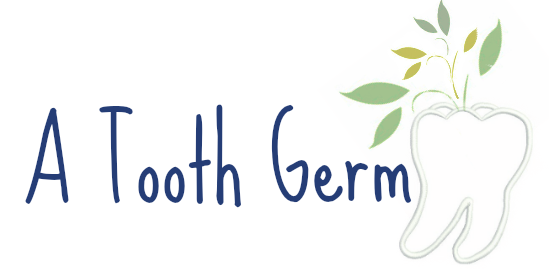
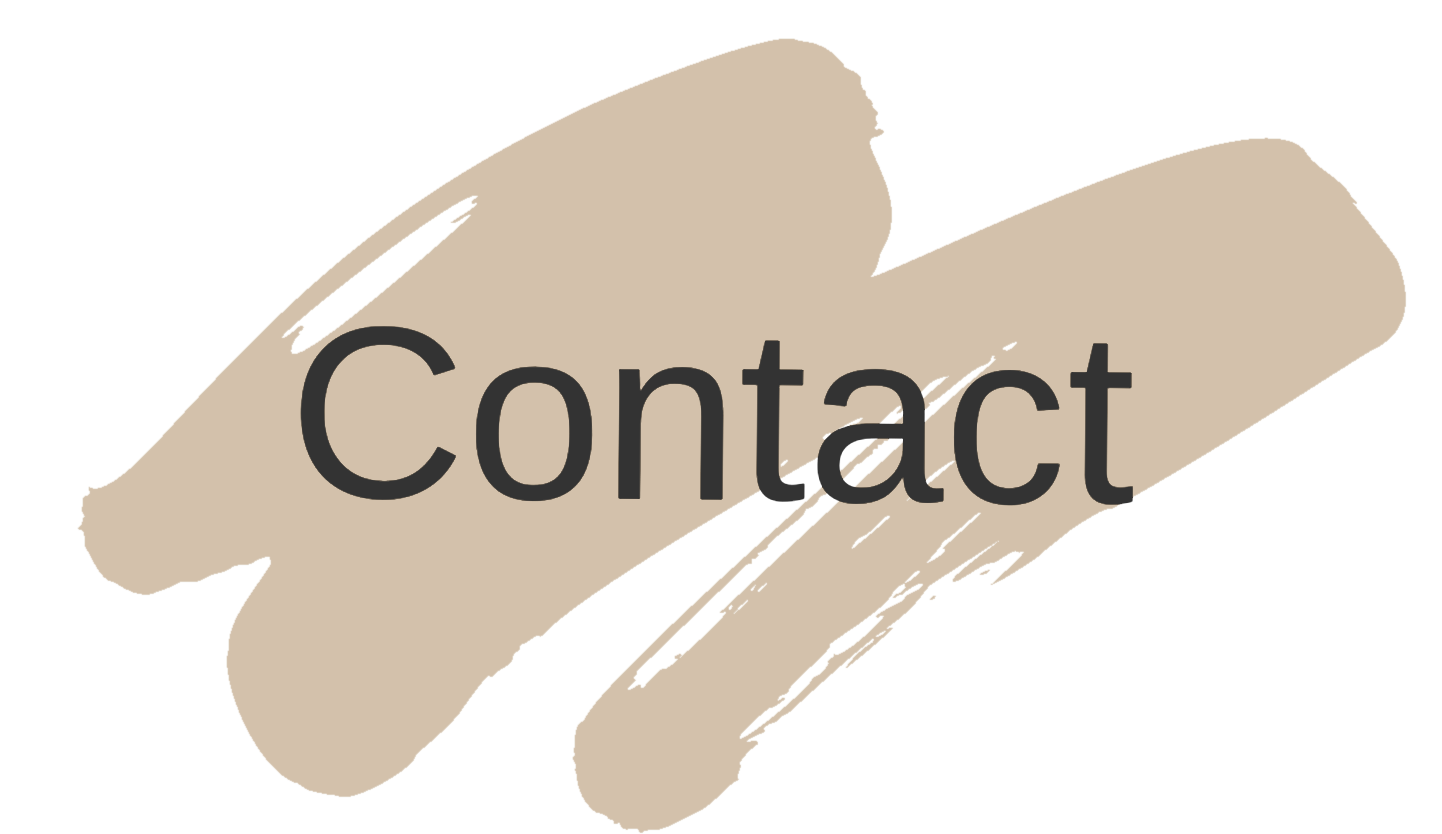




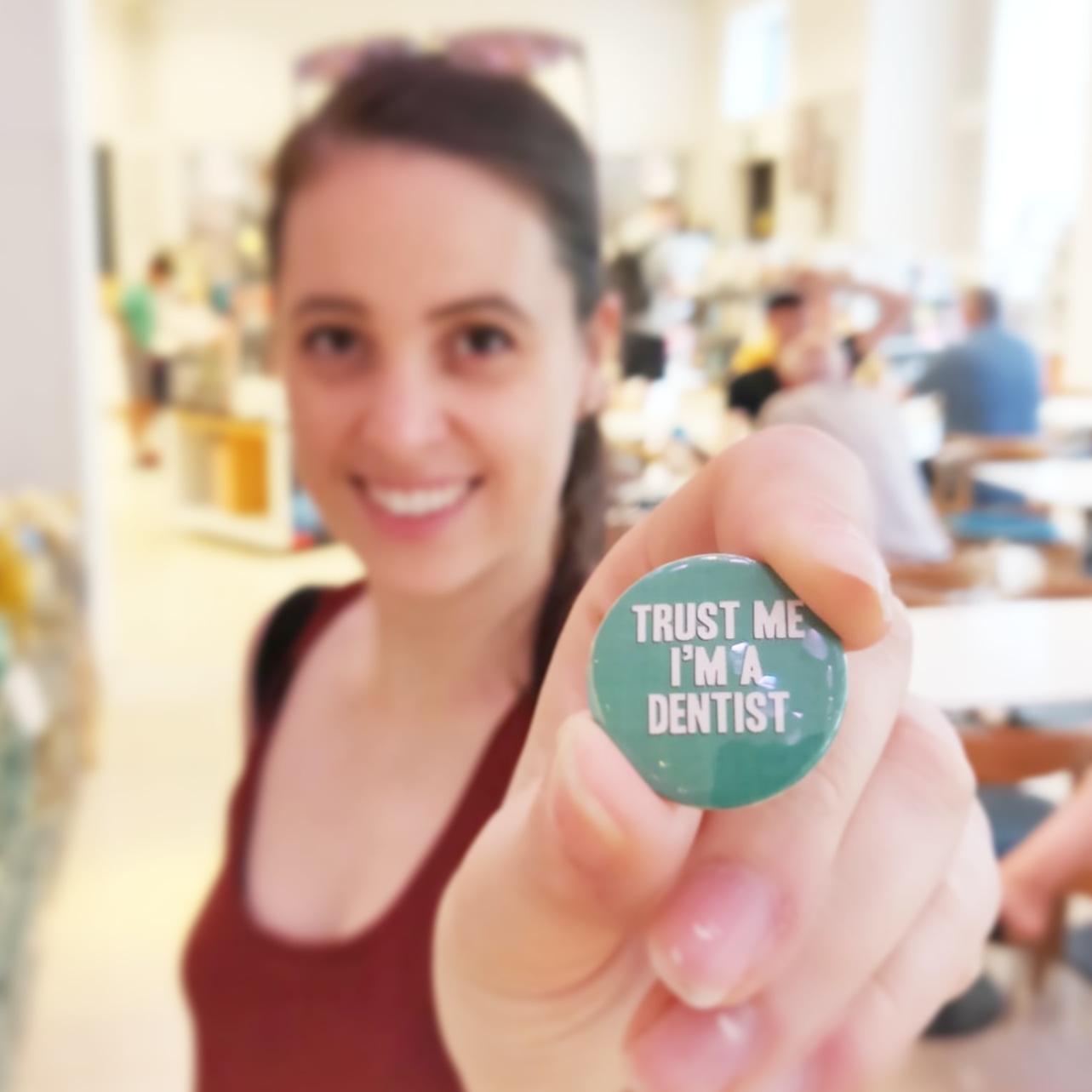





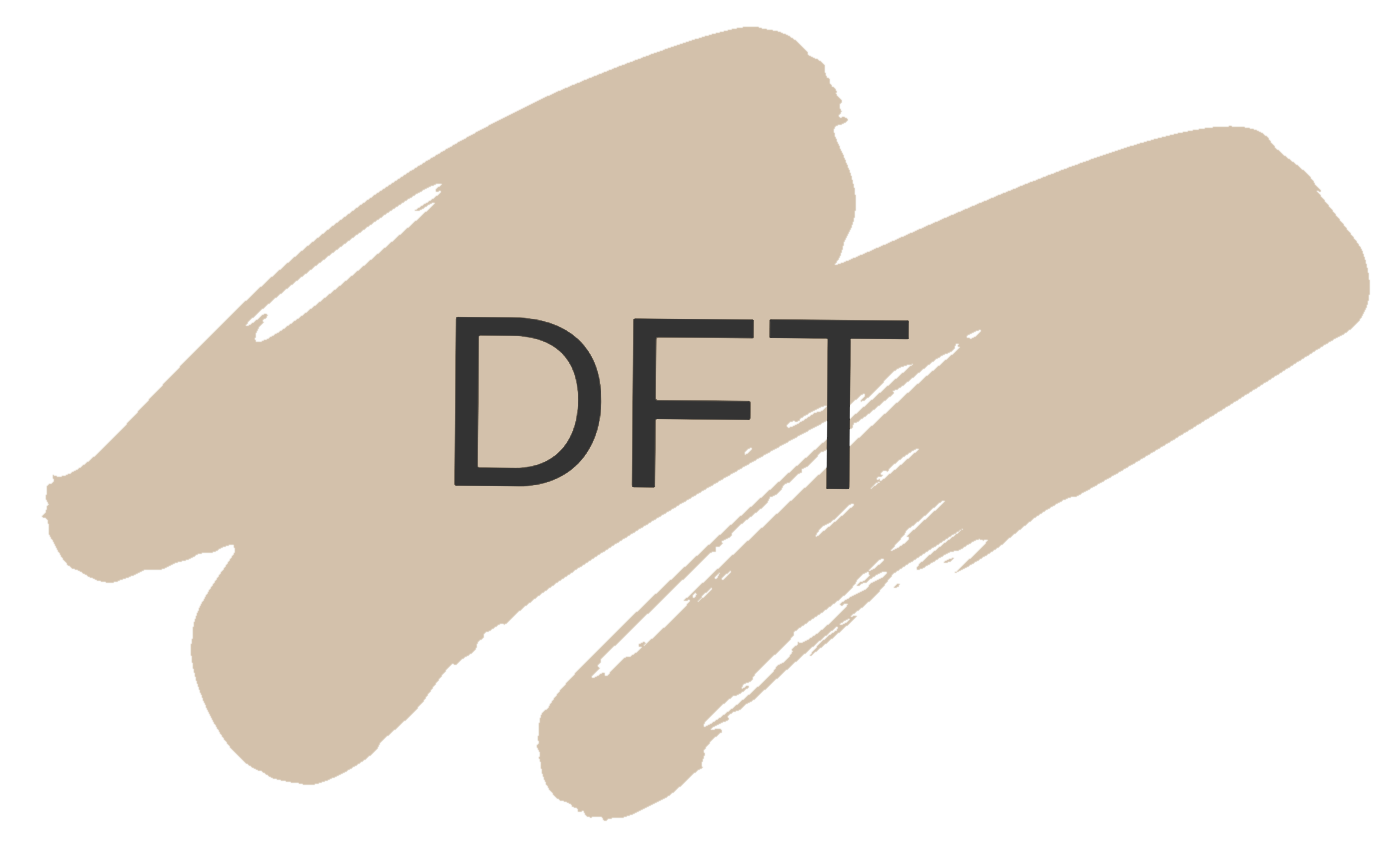

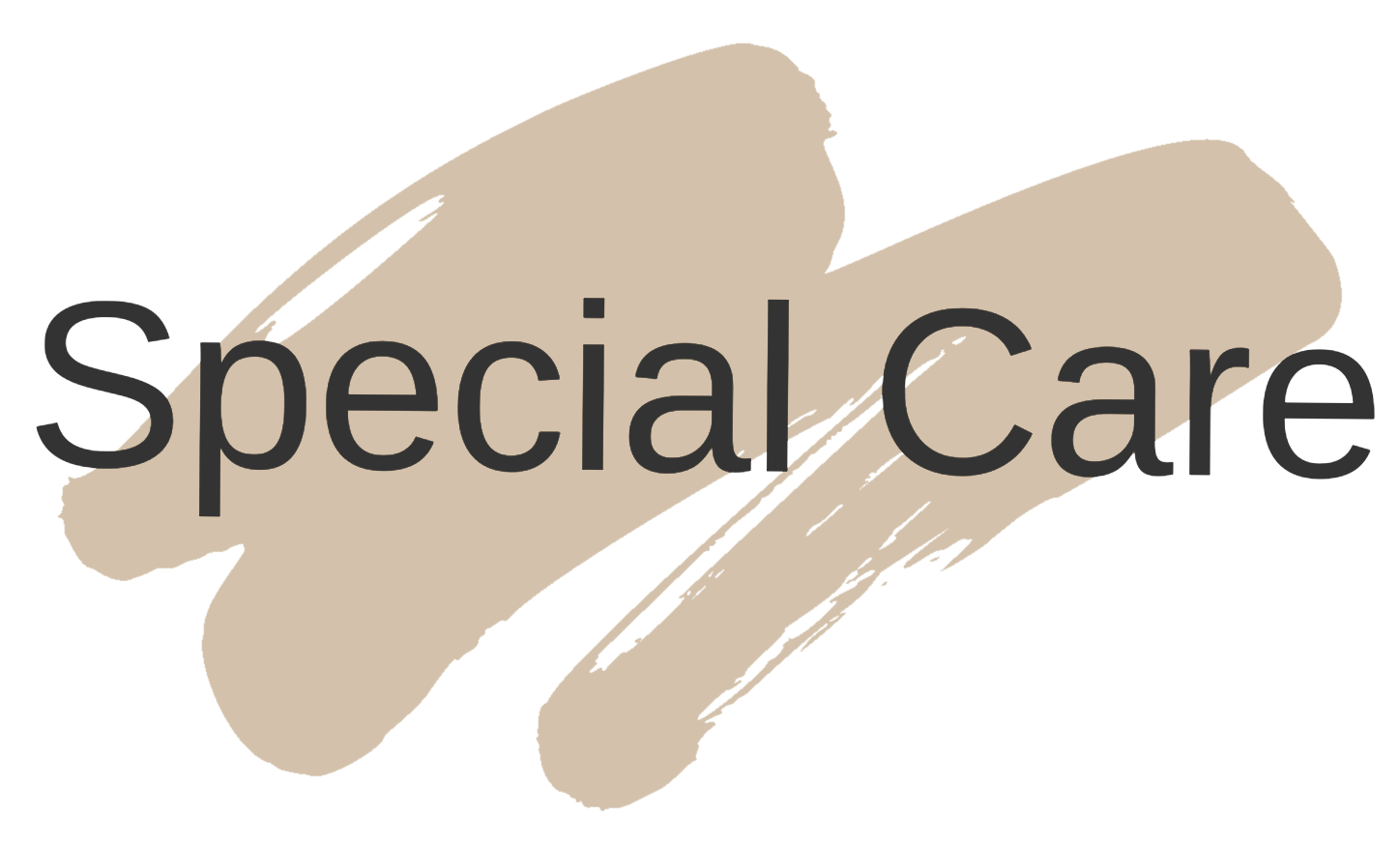
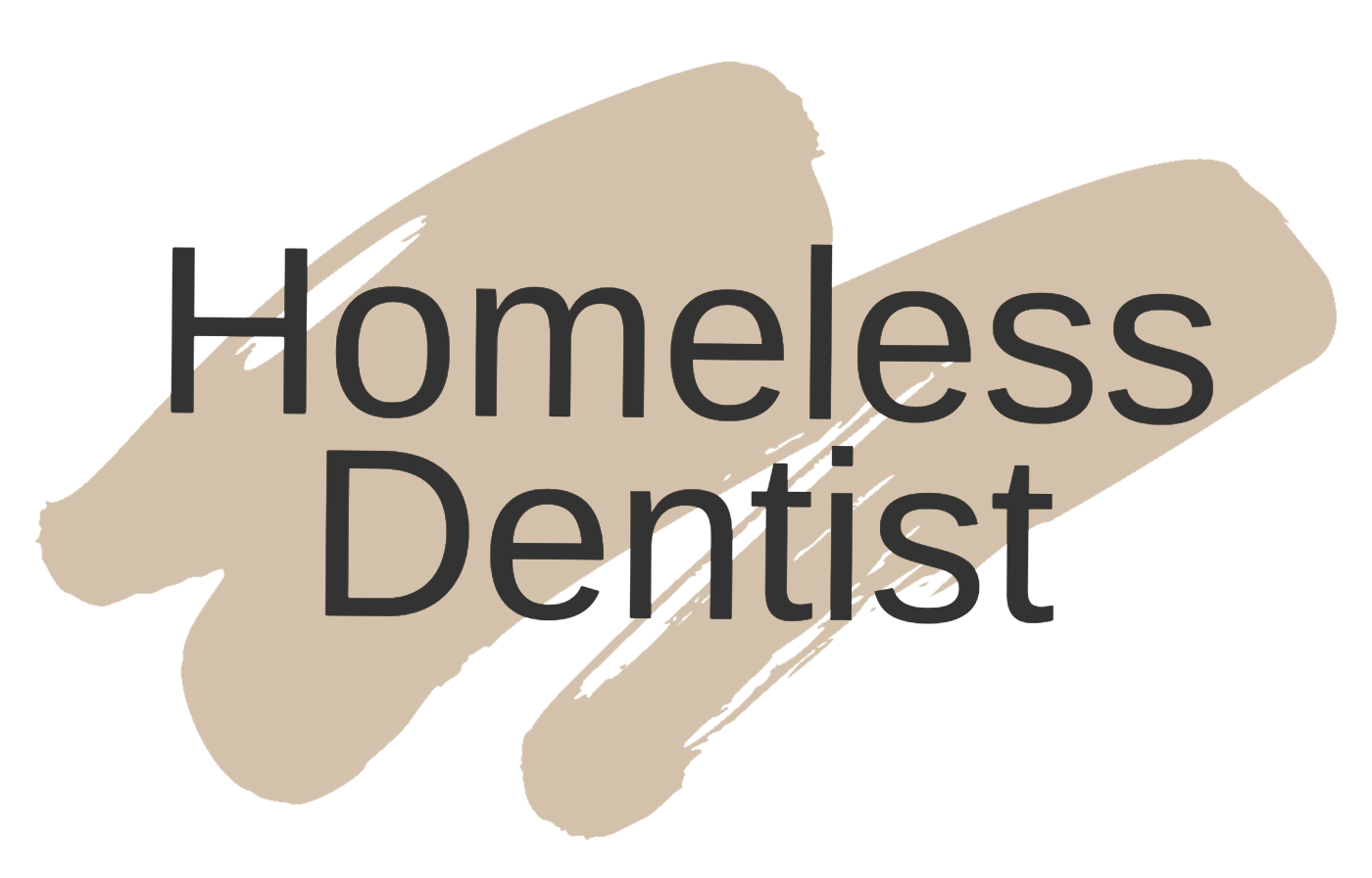


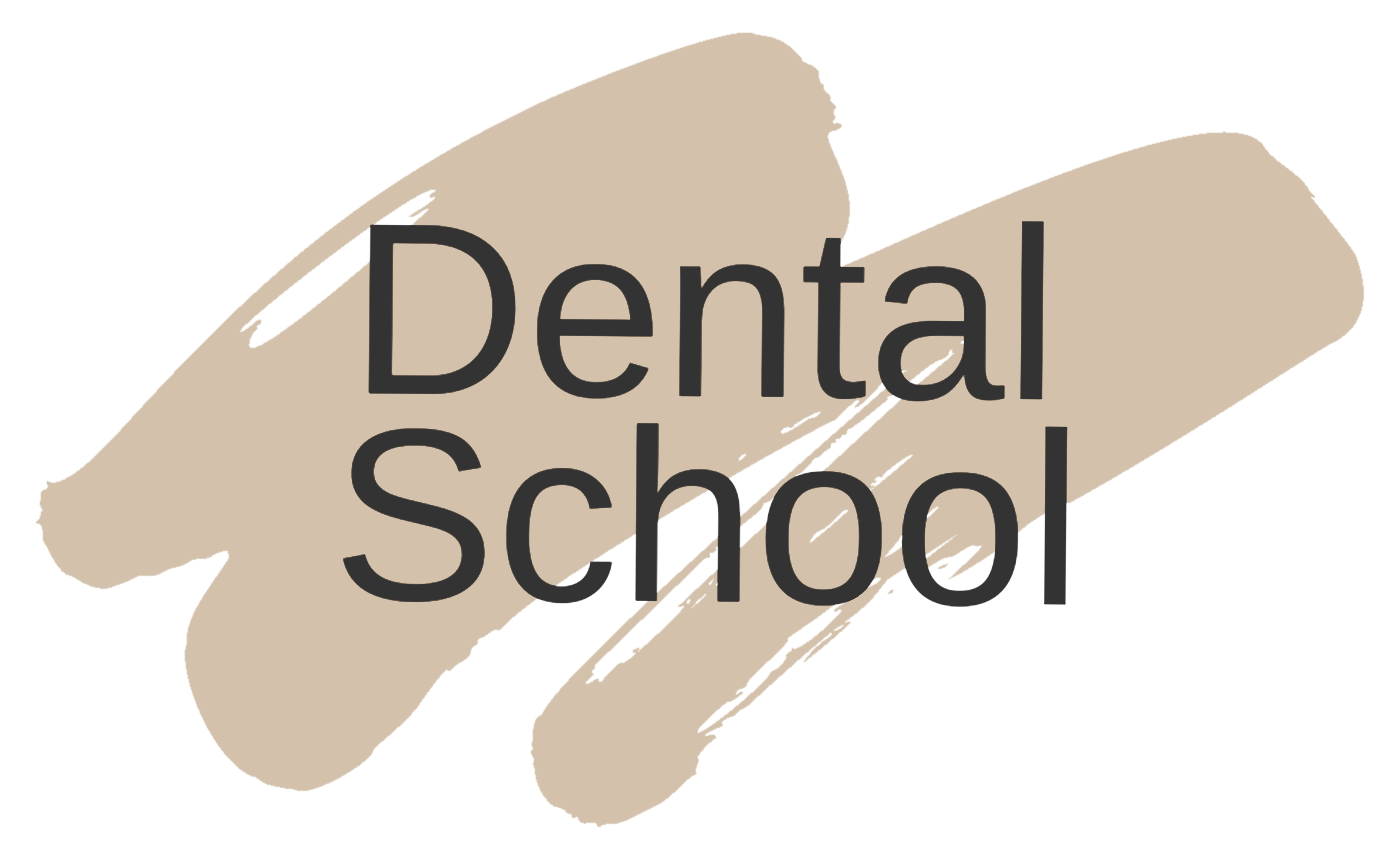

5 comments
Thanks for the blog.Nice top 1o topics in dentistry information.You can also check.
ReplyDelete10 topics in dentistry
Thanks for the blog.Nice top 10 hot topics in dentistry information.You can also check.
ReplyDeletetop 10 hot topics in dentistry
Nice List. Did you updated it for 2023. I am sure their are more things to cover in this dentistry list.
ReplyDeleteNice Information. For top-notch Full Mouth Rehabilitation (FMR) treatment in Nagpur, head to Chandak Dental Clinic. They offer expert care from specialists dedicated to FMR. Renowned as the premier dental implant clinic in Nagpur, Chandak Dental Clinic ensures impeccable treatment for all your dental needs. Chandak Dental provide best warts removal treatment in Nagpur.
ReplyDeleteGreat site ........... For more details Visit replacement of missing teeth in Nagpur.
ReplyDelete